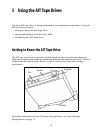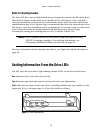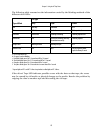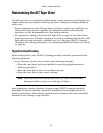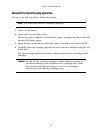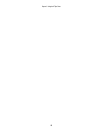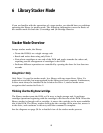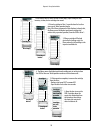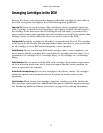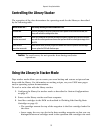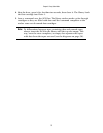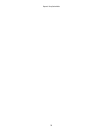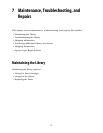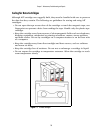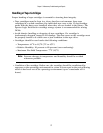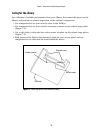Chapter 6. Library Stacker Mode
51
Arranging Cartridges in the DCM
Because the library only distinguishes between individual cartridges by their order in
the DCM, arrange the cartridges in the DCM following these guidelines:
Empty Top Slot Leave the top slot empty. When the library stacker completes operations
with a cartridge, it moves the used cartridge to the highest available slot and removes
the cartridge in the next lower slot. By leaving the top slot empty, you assure that a
space remains between the cartridges used and cartridges not used by the stacker, thus
making it easier to tell the difference when you want to remove the DCM.
Cartridge Order Install the cartridges in the order you want them to be used. The cartridge
at the top of the DCM is the first cartridge loaded. Make sure that the write protect tab
on all cartridges is set to REC
before attempting a write operation.
Do Not Overload Do not overload the DCM with cartridges. After a store completes, you
don’t want to mistake cartridges that contain data for cartridges that are empty. Use a
maximum of 14 cartridges in a 15-cartridge library or 29 cartridges in a 30-cartridge
library.
Do Not Underload Do not under-load the DCM with cartridges. Most stacker scripts return
an error when the media runs out of room and require that the entire operation (or
series of operations) be repeated.
Do Not Use for Cartridge Storage Do not store cartridges in the library stacker. All cartridges
within the stacker (not write-protected) are fair game for stacker read or write
operations.
Label Cartridges When storing data cartridges, label the cartridges carefully. Include the
date, data type, and script name. Additional DCMs may be useful for organized storage.
See Purchasing Additional Library Accessories on page 64 for ordering information.



